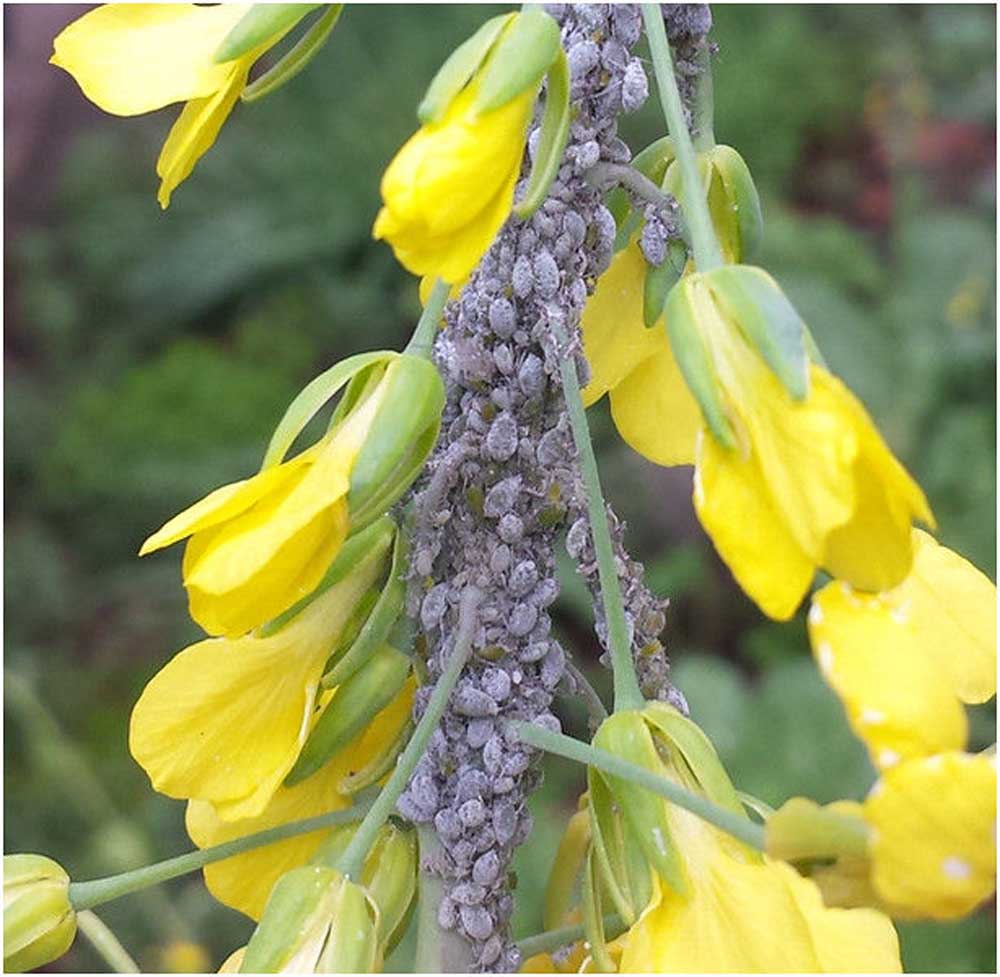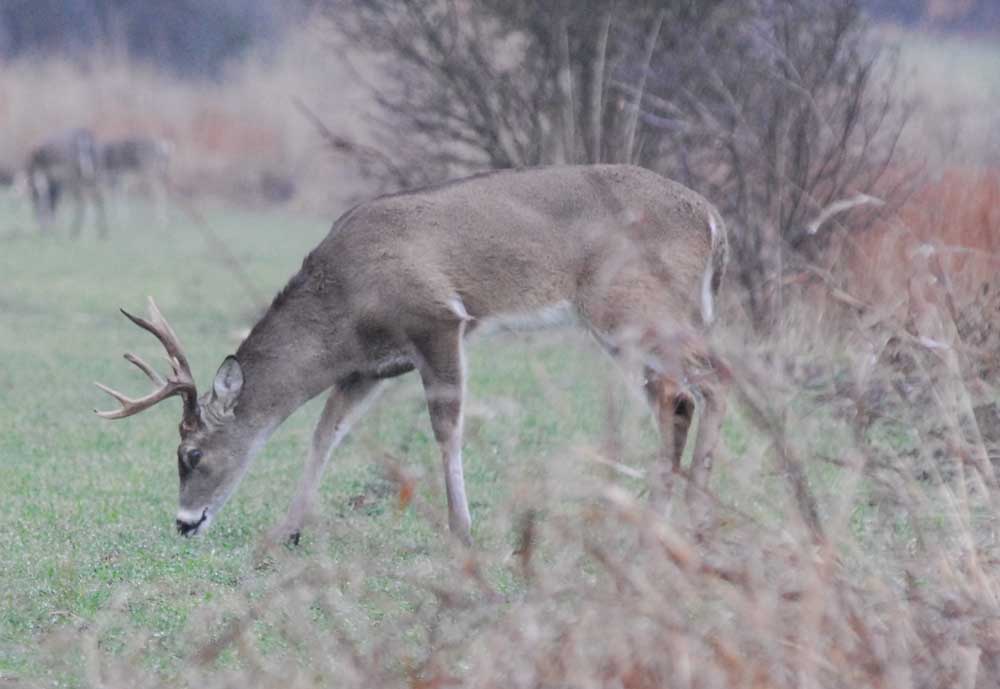Flowers will attract insects that kill aphids
Published 8:43 pm Wednesday, April 13, 2016
There are more than 4,000 species of aphid. Of those, 250 species are considered pests to agricultural and horticultural crops. Aphids are a highly diverse group of insects. They can be green, brown, black, yellow, gray and even red. Most of us think an aphid is an aphid, and there are generalist aphids that will affect many crops, but there are also specialist aphids that target specific crops, leaving a neighboring crop unaffected.
For those who might not be familiar with aphids, they are considered a common garden and crop pest. There are many types of pests for crops, but many of them fall into two groups – chewing types and piercing-sucking types. Chewing types actually have biting mouthparts and will eat away plant tissue like leaves, stems and roots. Piercing-sucking types don’t even have the mouthparts to get a mouthful of plant tissue; they have needle-like mouthparts that they plunge into plant tissue, sucking out the sugary sap that the plants produce during photosynthesis.
Plants use the energy they produce during photosynthesis to grow vigorously, and if too much of this sap is removed by pests, it can cause many things including reduced vigor, wilting, yellow spots and even plant death in extreme infestations. Another costly effect they can have is the spread of plant diseases from plant to plant. Aphids can transmit more than 150 different plant viruses.
What is even more interesting is how aphids fit in an ecosystem. Aph-ids excrete a sugary substance known as “honeydew,” which can cover leaves, giving them a sticky, glossy finish. Ants are not only known to consume the honeydew, but also to pick up aphids and move them to neighboring plants to produce more honeydew. Ants are basically aphid ranchers. Some gardeners may notice their plants have parts covered in a fine black mold and think it is something killing their plants. But this is actually a black sooty mold that grows on the honeydew from aphids, so if you see this mold, you might have an aphid problem. It’s not all sunshine and roses for aphids, though. They are hunted ruthlessly by some beneficial insects like green lacewings, ladybugs and some parasitic wasps. To keep beneficial insects in your garden, it is important to have habitat for them – usually in the form of flowers as much of the year as possible.
I was prompted to write about aphids when I was walking through a nearby garden and spotted a cabbage with its spike of yellow flowers. Upon closer inspection I could see that it was covered in gray cabbage aphids. Cabbages are in the Brassica family, a family that includes Brussels sprouts, broccoli, cauliflower, kohlrabi, mustards and even horseradish. Brassicas produce compounds called glucosinolates. When chewed or cut, these compounds are what gives brassicas like mustard greens their spicy, pungent flavor. This is a defense mechanism to help deter pests, but the cabbage aphid actually ingests these compounds and combines them with enzymes in their bodies, making them a dangerous target for ladybugs looking for a meal. Luckily, there are still other beneficial insects that can kill them, but what a defense!
Aphids can be controlled well by a solid stream of water from a hose attachment, knocking them off the plants. Insecticidal soaps also can be used to control them, but I always try and give nature a chance to control them first by providing lots of flowering plants for as long as I can.
Kyle Tengler is the Smith County horticulturist with the Texas A&M AgriLife Extension Service.







